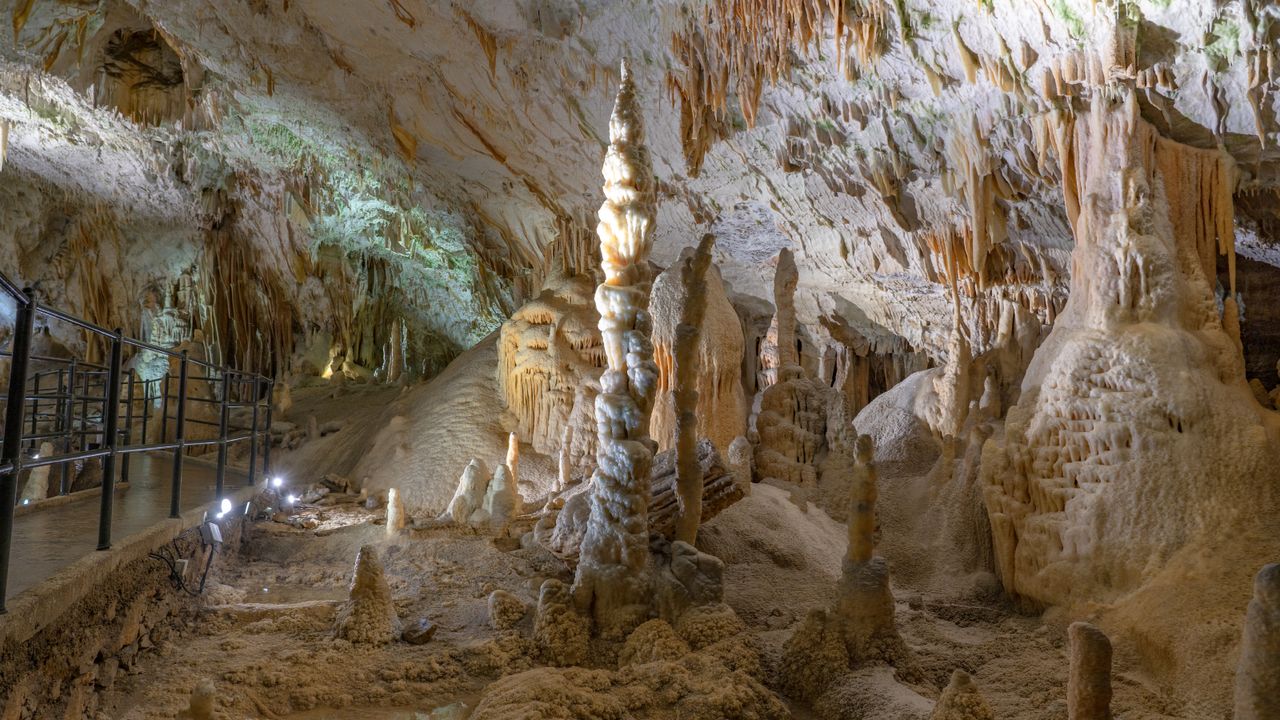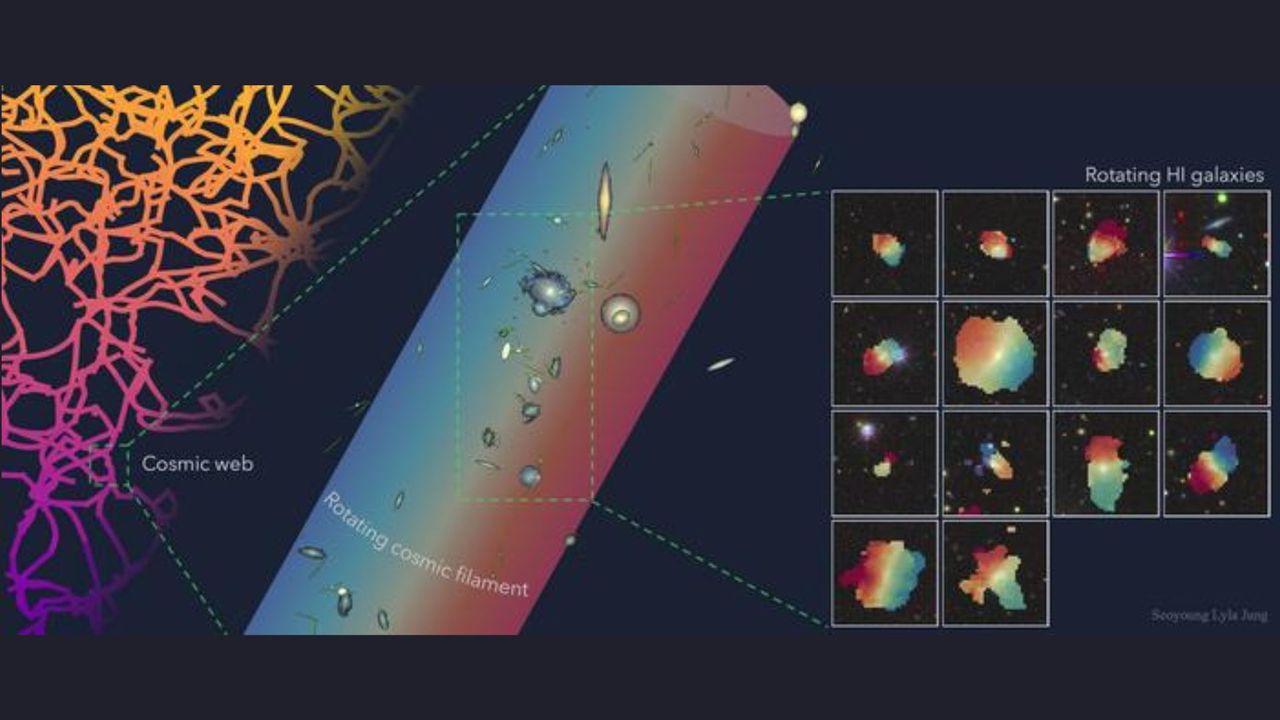Stalagmites adhere to a single mathematical rule, scientists discover
PositiveScience

Scientists have made an exciting discovery that all stalagmites, the fascinating mineral formations found in caves, adhere to a single mathematical rule governing their growth and shapes. This finding not only enhances our understanding of these natural wonders but also highlights the intricate relationship between mathematics and nature, potentially opening new avenues for research in geology and mathematics.
— via World Pulse Now AI Editorial System
/https://tf-cmsv2-smithsonianmag-media.s3.amazonaws.com/filer_public/62/01/62019da1-dd28-4322-aca0-0ec598b63235/7402439760_6437bcb924_k.jpg)


